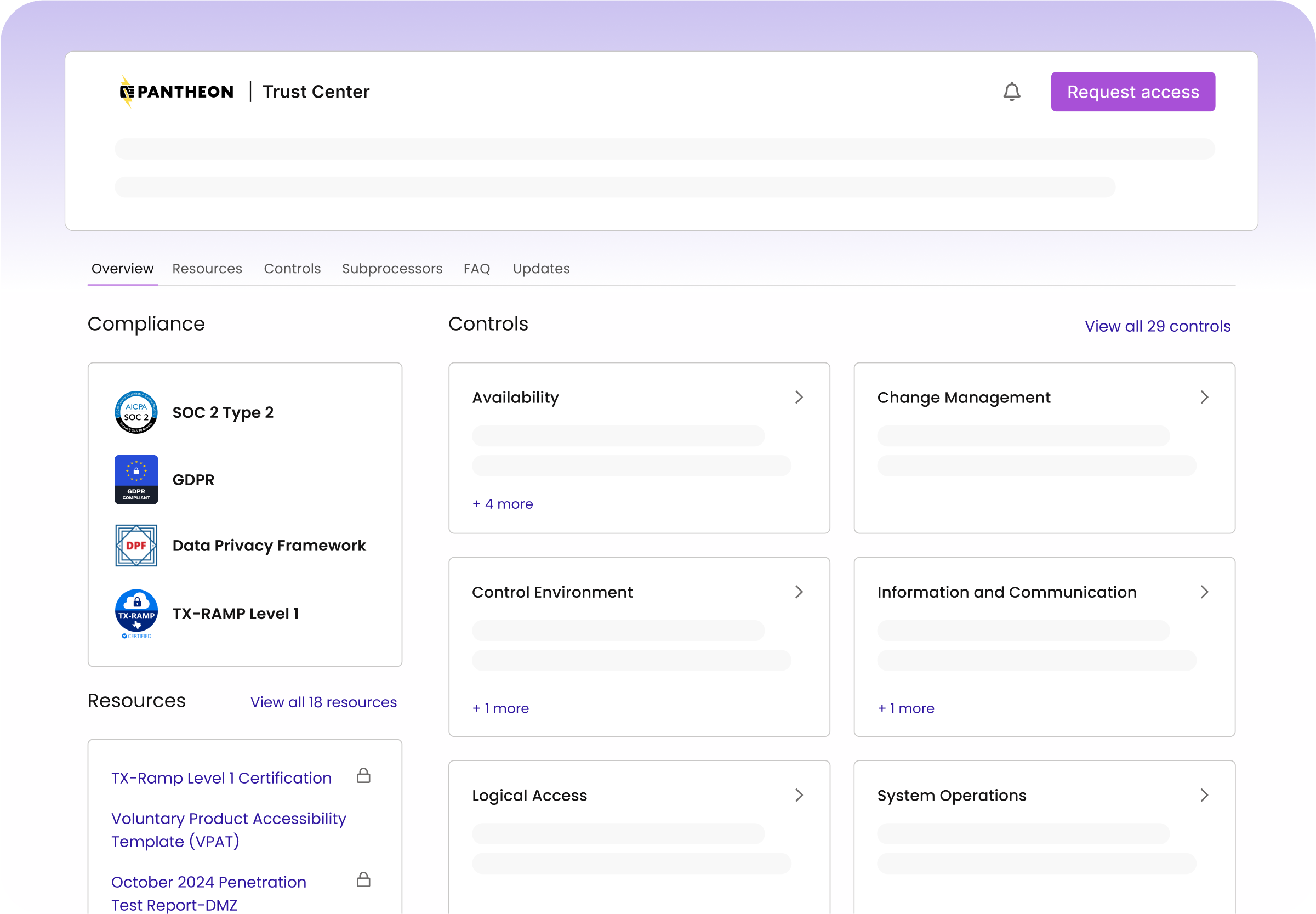Managing Site Changes: When Marketing and IT Play Nice
Image

Working in enterprise IT often means facing a common problem: decide to give the marketing team access to the website and hope they use it wisely or lock it down and risk alienating non-technical users.
There’s a third option, though, and that’s both the marketing and IT teams working together in harmony—it just takes clear communication and a solid process.
Developers, don’t look at that last line and cringe! “Process” doesn’t always mean endless meetings, forms to fill out, and waiting. Technology is making the process much easier as we perfect features that help web teams manage changes and permissions. If you’re still not exactly sure how to balance the needs of marketing and IT, here are a few ideas to help you master the skill.
Managing Your Workflow With A Marketing Sandbox
Open source content management systems allow non-developers to easily deploy modules or plugins, compartmentalized bits of code that do everything from adding a widget to a page to implementing e-commerce on a site. Adding code has now become so simple that non-developers feel confident in doing it without guidance or support from an IT department—it’s part of the reason your company probably chose Drupal or WordPress in the first place.
Sometimes, changes made by the marketing team don’t work properly or pose a threat to the security and stability of the site. Forward-thinking companies have sandboxes that they use to test out new code before it is deployed. Create a sandbox for your marketing team to play in to sidestep any issues in production.
To avoid having to manage yet another environment, manage your sites on a platform where this capability is built in—our customers use Pantheon to spin up a sandbox without having to manage servers or deal with infrastructure issues. You can play around in our dev environment to check it out for yourself right now if you want.
If you'd rather do it yourself, be careful! Remember, your sandbox needs to be version-compatible with your production environment. This means the same version of WordPress, Drupal, or whichever CMS you are working with has to be in both. It also means that you have to stay version-compatible all the way down your stack to the OS. When you upgrade production, you have to upgrade your sandbox.
Managing Your Content
The other part of the equation is managing your content. In WordPress and Drupal, there are systems you can install that will put a workflow in place for approvals. In many cases, a formal approval process is required because of business rules. However, a more flexible and less intrusive system is to simply set up another sandbox specifically for users to test out content.
Since Pantheon gives you three identical environments, many of our users treat the test environment as a content sandbox. It’s easy to pull the current database down into the test environment, enter new content, and share it with others both internally and externally for review/comment.
The problem is that once the content is ready to go, it has to be manually moved into production. Yes, there are ways around this, but none that are elegant enough to turn over to non-developers and expect them to be successful. Still, being able to see not only a preview of your content but the final product, exactly as it will be in production, has value for a lot of content creators.
Since Drupal—and now WordPress as of WordPress 4.1—stores internal links and images as relative paths instead of full paths, moving content between a sandbox and production is easier than ever. Still, it is not an automated process and one that should be thought through fully before implementing a sandbox.
Marketing Is Now A Technology Purchaser
Marketing is a huge purchaser of IT services. They need to work in unison with IT to make sure there are workflow and permissions in place that let each department reach its objectives and maintain the right levels of security around technology. By setting up sandboxes that allow marketing to make the changes they need in functionality and content, but ensure that code in production is clean, your company can avoid pitfalls and let everyone play nice together.


